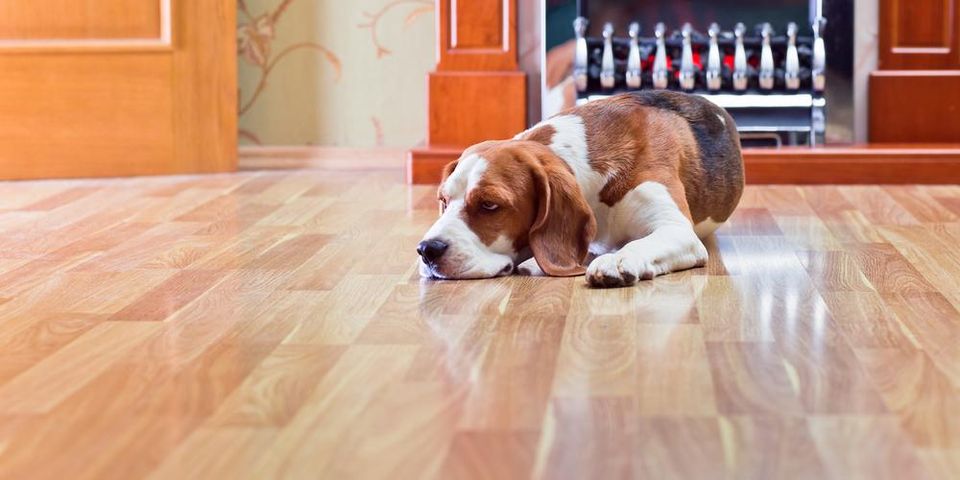
Hardwood floors are valuable additions to any home, especially when they’re properly maintained. One way to keep hardwood flooring looking new and shiny is through screening, which is a more technical term for the process of buffing and coating. There are many reasons to screen your hardwood flooring. Use the screening guide below to keep your hardwood floors in pristine condition.
A Primer on Hardwood Floor Screening
How Screening Is Performed
 Buffing is the first part of the screening process. After cleaning the floor, professionals use a buffing machine with rough pads to scrape away signs of wear and tear in the protective layers of polyurethane. The buffer smooths out and evens the floor without actually sanding the wood. Once the floors are buffed, your technician will apply a fresh coat of polyurethane. Screening protects the floor from damage, including new scratches and fading, while restoring its sheen.
Buffing is the first part of the screening process. After cleaning the floor, professionals use a buffing machine with rough pads to scrape away signs of wear and tear in the protective layers of polyurethane. The buffer smooths out and evens the floor without actually sanding the wood. Once the floors are buffed, your technician will apply a fresh coat of polyurethane. Screening protects the floor from damage, including new scratches and fading, while restoring its sheen.
How Screening Benefits Homeowners
Screening is a different process than sanding or refinishing a floor, and it doesn’t repair deep scratches or color changes. It does, however, create a new layer of protection to prevent further damage and to postpone the need for refinishing. Compared to full refinishing, screening is a quick and affordable procedure, often completed in only a day or two. Screening should be done every few years to extend the life of your flooring and because each layer of polyurethane eventually thins beneath regular foot traffic.
Homeowners in the Rhode Island and Southeastern Massachusetts areas interested in learning more about hardwood floor screening should call American Floors in Riverside, RI. For 42 years, this flooring company has specialized in repairing, refinishing, and installing high-quality hardwood floors. Their technicians have the training and state-of-the-art equipment to keep your floors glossy, clean, and smooth. Call (401) 433-0530 or visit them online to view a gallery of their prior work.
About the Business
Have a question? Ask the experts!
Send your question

